Shannon Taggart
Born in 1975, Shannon Taggart is an American photographer known for her compelling and thought-provoking work which focuses on the themes of Spiritualism, the supernatural and the paranormal.
Spiritualism is a religious movement that emerged in the 19th century. This movement believes in the possibility of communicating with spirits, mainly the deceased.
Taggart had first became aware of Spiritualism as a teenager when her cousin received a message from a medium that gave details about her grandfather’s death. In 2001, she began taking photos in Lily Dale, New York, where her cousin had received the message. Lily Dale is home to the world’s largest Spiritualist community. Taggart was inspired by Spiritualism’s processes, earnest practitioners, and neglected photographic history. This project evolved into an 16 year journey that ended up taking her around the world in search of ‘ectoplasm‘.
Ectoplasm, in occultism, is a mysterious, usually light-coloured, viscous substance that is said to exude from the body of a spiritualist medium in trance and may then take the shape of a face, a hand, or a complete body. It is normally visible only in the darkened atmosphere of a séance.
Taggart’s work is not only artistic but also ethnographic. She immerses herself in the communities she photographs by participating in their rituals and gaining the trust of her subjects. This allows her to document spiritualist practices with both sensitivity and insight.
Ethnographic is a method of research and a style of study that involves observing, describing and analysing the cultural practices, behaviours, beliefs and interactions of a particular group of people.
Her book “SÉANCE” (2019) is a visual journey through spiritualist practices, specifically in Lily Dale. The book includes a mix of both black-and-white and colour photographs. She captured mediums in trance, spiritual gatherings and ghost apparitions.
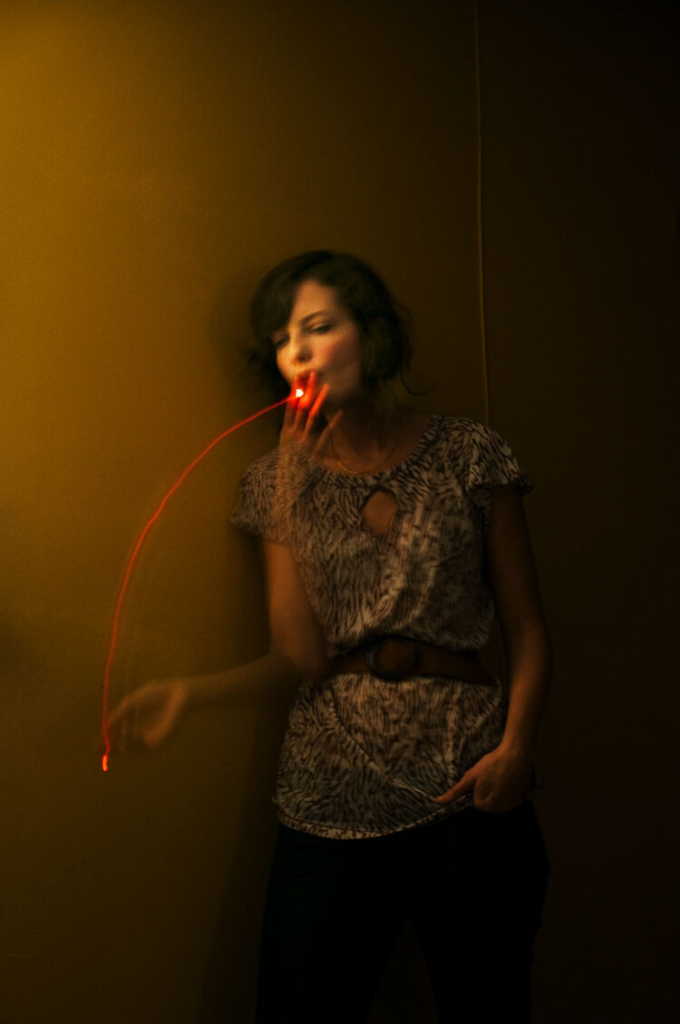







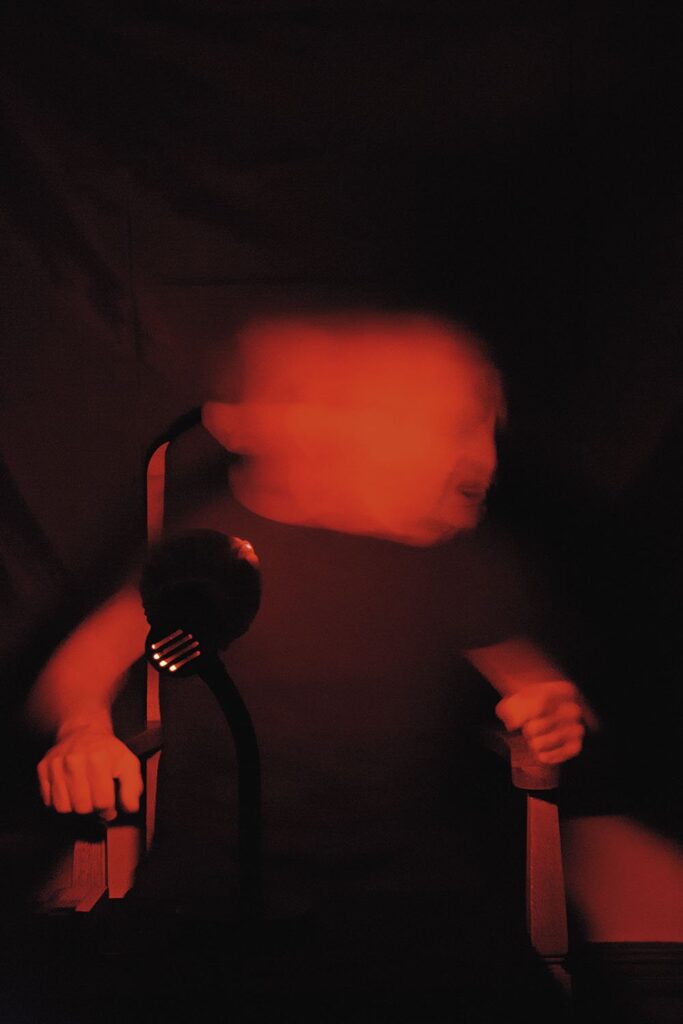



Lieko Shiga
Born in 1980, Lieko Shiga is a Japanese contemporary photographer known for her surreal, poetic and haunting imagery. She has studied photography in London at the Chelsea College of Art and Design, as well as at the Royal College of Art. She is well known for her “Rasen Kaigan” Series and is recognised by a blur between documentary and staged photography which results in her personal, unique style.
Shiga’s work explores the themes of memory, trauma and the passage of time especially in relation to local communities. Her projects are often based in places she lives in and the people she encounters. She often immerses herself in rural Japanese communities where she collaborates with the local residents.
Shiga’s “Rasen Kaigan” series was created while she was living in Kitakama. It explores the themes of disaster, loss and the resilience of the human spirit, originally it focused on reflecting the dreams, lives and traditions of the villages in Kitakama, however, this project was impacted by the aftermath of the Tōhoku 2011 earthquake and tsunami which destroyed a large majority of her previous work, however it helped to reshape her artistic vision. Her work seen in this series often features distorted human figures, eerie landscapes and a strong sense of narrative.
Shiga is inspired by numerous subjects, one of them being Japanese Folklore and Mythology. Because of this her work often evokes a sense of the supernatural and blends reality with this. She views photography as both a way to capture moments but to also tell stories that transcend time and space which draws on the mythic and spiritual dimensions of the human experience.
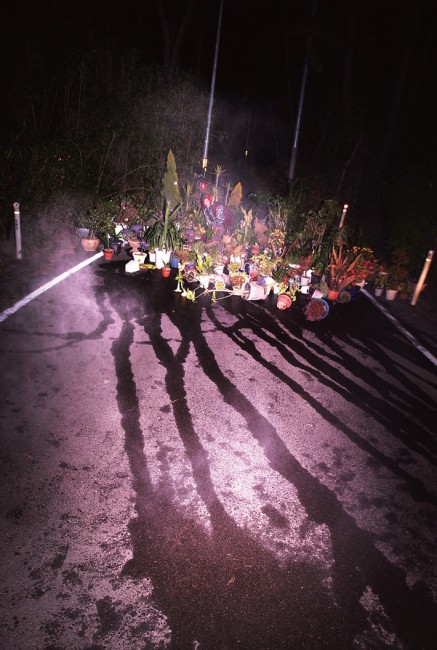




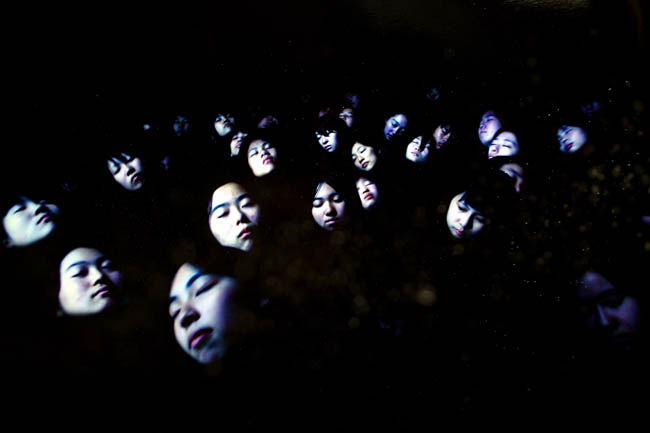




Ralph Eugene Meatyard
“Creative pictures must be felt in a similar way as one listens to music, emotionally, without expecting a story, information or facts.”
Ralph Eugene Meatyard
Born in 1925, Ralph Eugene Meatyard was an American photographer known for his enigmatic, surreal and haunting black-and-white images. His work is often associated with the Southern Gothic tradition as well as elements of avant-garde and experimental photography.
Because Meatyard grew up in Lexington, Kentucky, he was influenced by the Southern Gothic Tradition which captured a sense of decay, mystery and the macabre.
Meatyard was deeply influenced by his interest in philosophy, literature and the arts. His interest in photography began in the early 1950s after purchasing a camera to photograph his newborn son. He is known for his surreal, dreamlike work which often features family members and friends in staged scenes.
Meatyard’s work featured a frequent use of masks, dolls and props which created images that were both unsettling and poetic. Because his subjects wore masks they ended up looking like ghostly anonymous figures. He often took photographs in abandoned buildings, overgrown woods and rural settings, these helped to add to the already eerie atmosphere to his work. His work often evokes the uncanny which creates a sense of discomfort and challenges his viewers to question the nature of reality and perception.
The uncanny was a concept popularised by Sigmund Freud which describes something both familiar and alien.
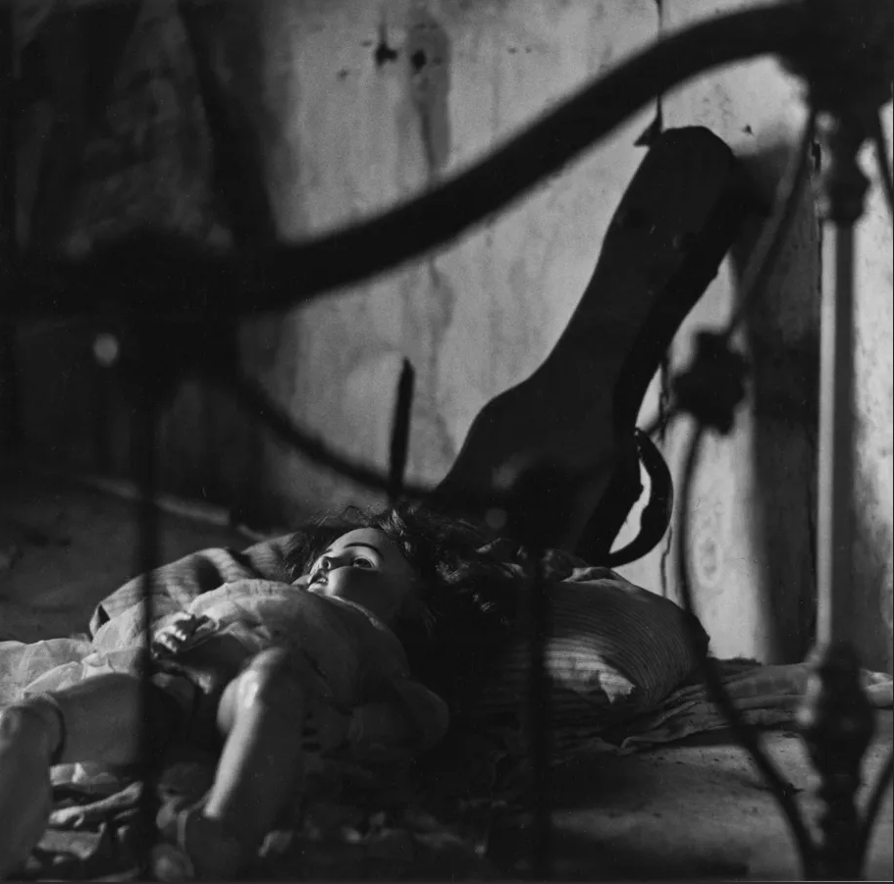
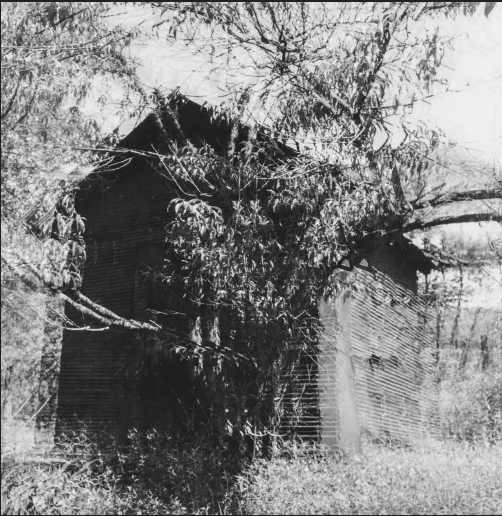
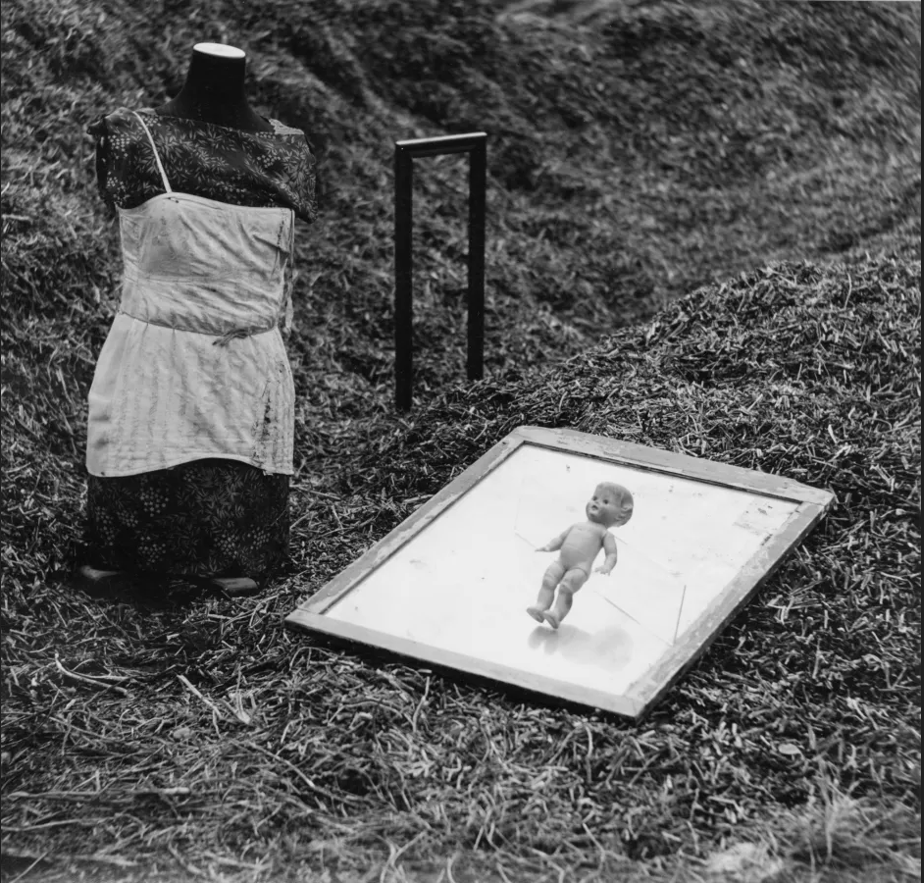
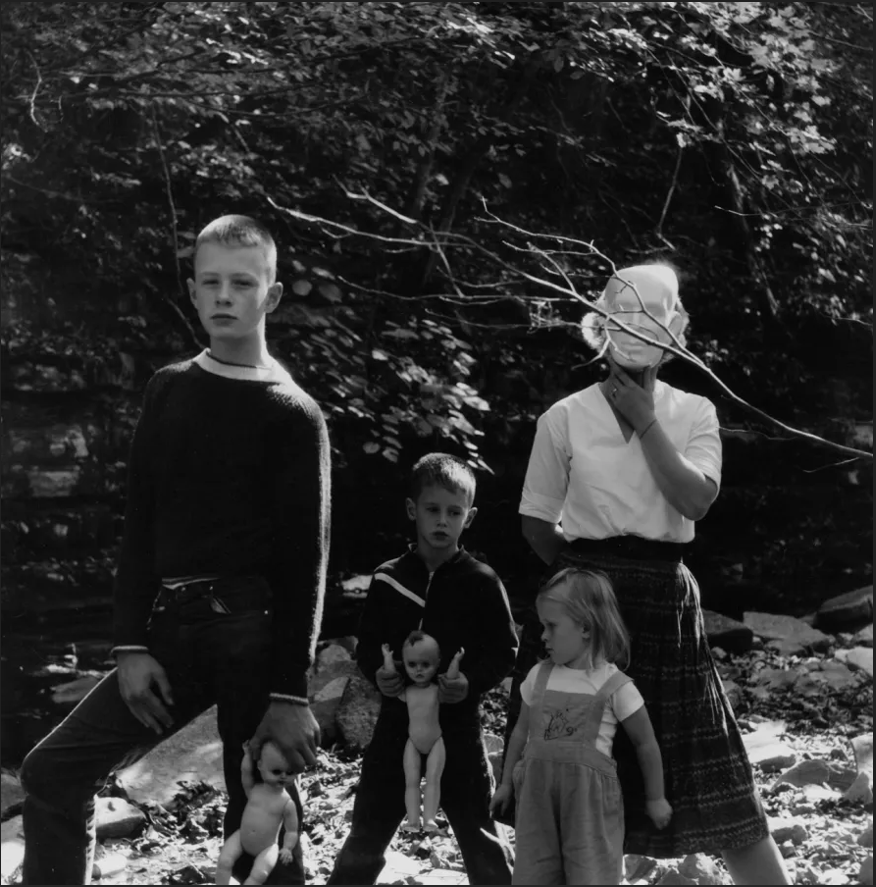
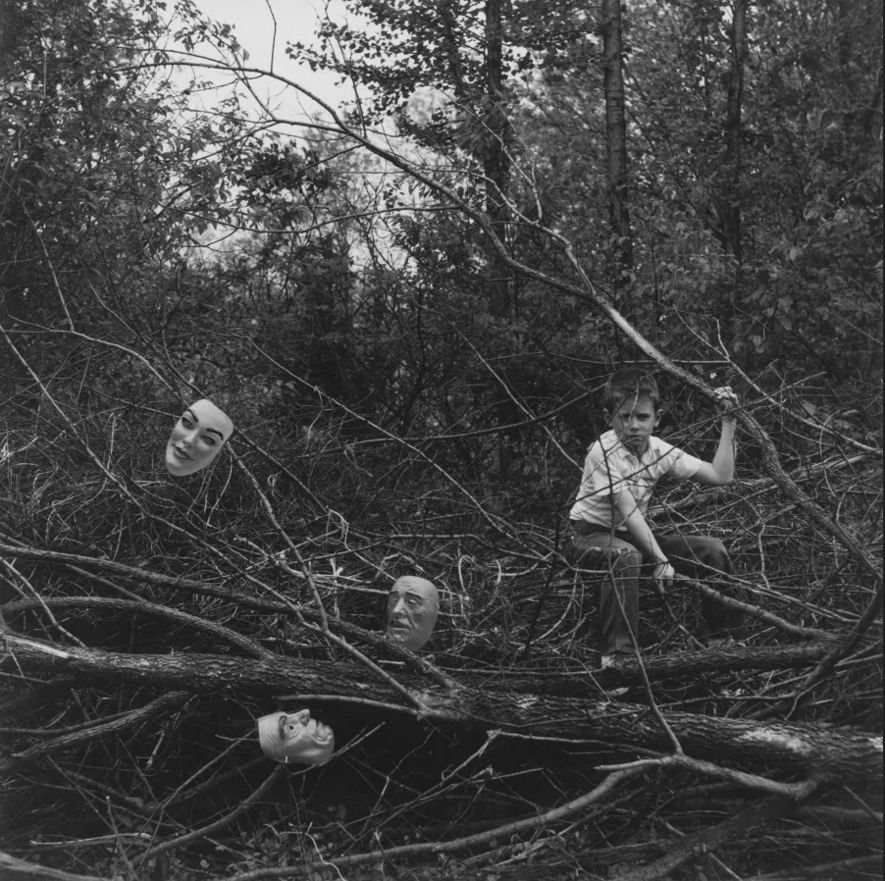

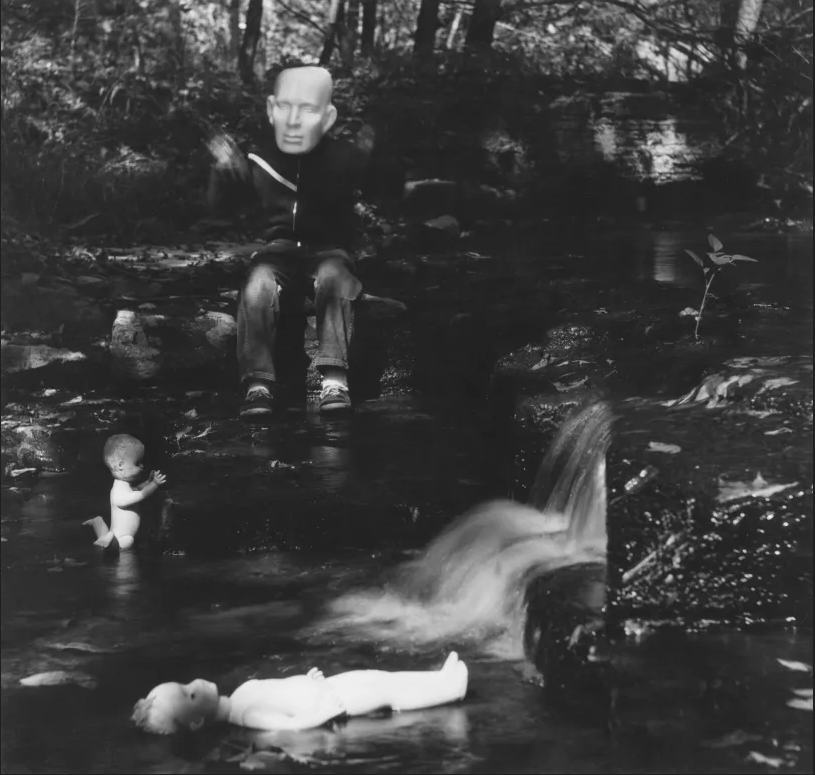


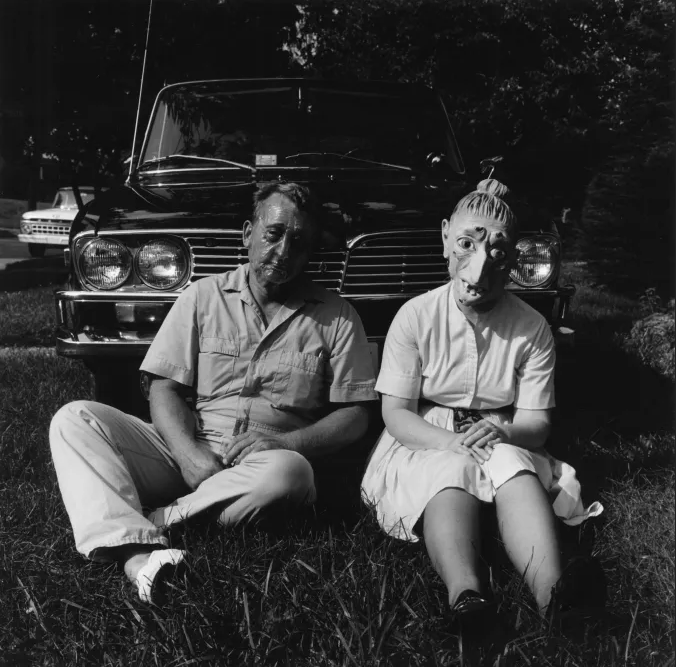



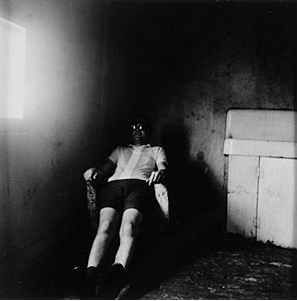
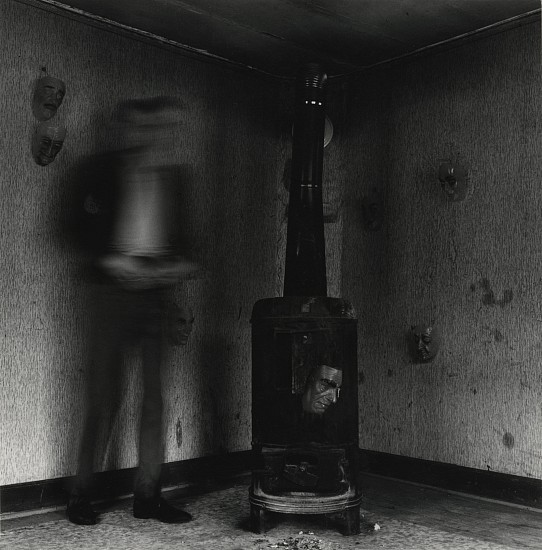
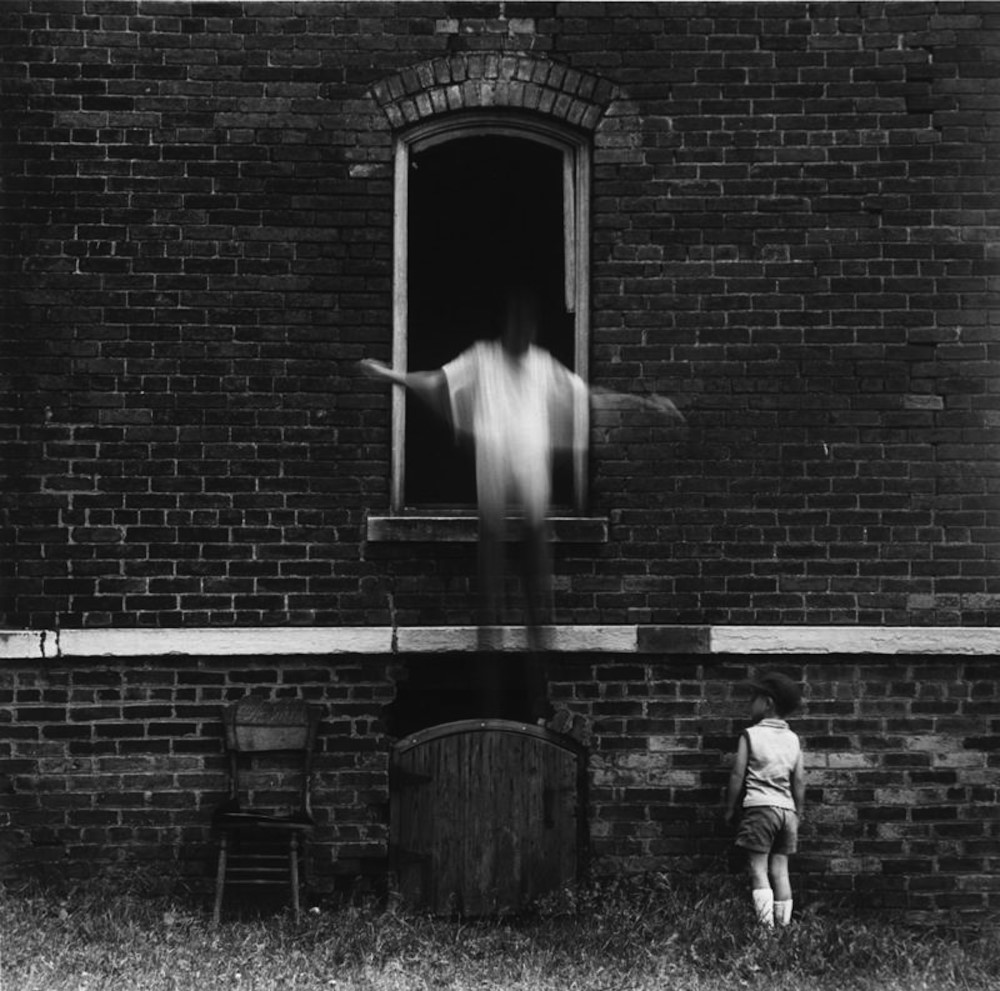

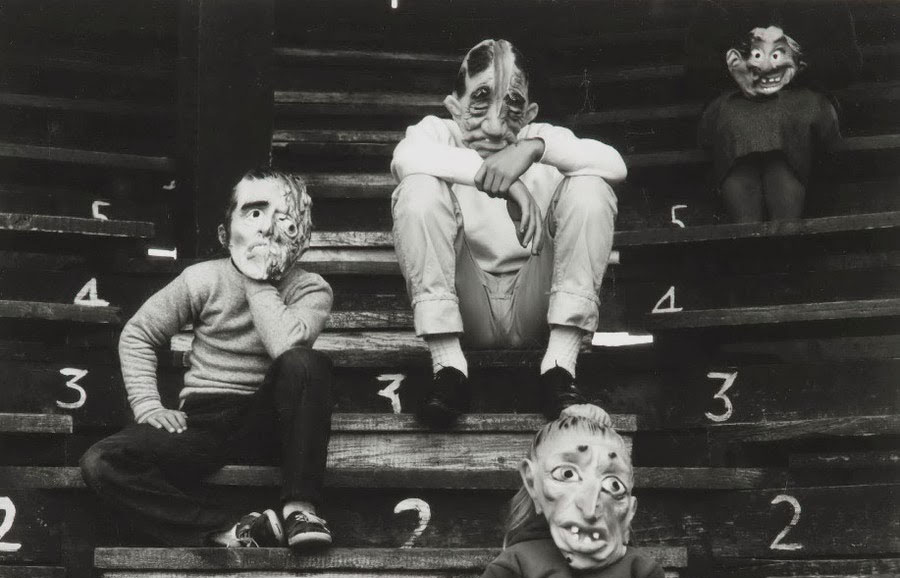
Short Statement of Intent
I have chosen to study all three of these photographers, especially Shannon Taggart, because I believe that their work shows strong elements of my own intentions and what I want to achieve with my own project.
Taggart’s work focuses on the themes of Spiritualism, the supernatural and the paranormal which are some of the themes I would like to focus on within my project. Elements of her style, such as her lighting techniques and editing, are something I would like to incorporate into my work as it creates a sense of mystery and makes the viewer question what they are looking at.
My inspiration comes from my own struggles with mental health so I’ve decided to base my project on creating a narrative about someone who is stuck in the worst parts of their life and feel lost, because their mental health has been severely declining, they start to believe they are seeing and getting signs from some supernatural beings as a way of coping. They believe that these beings are the only way they can escape their reality. They start to respond to these beings by preforming rituals and giving them everything they ask, this then leads to them becoming very unstable. I’ve chosen to go with this idea because I find the supernatural very interesting and fascinating as well as my own experience with slowly becoming like the protagonist in the narrative.
